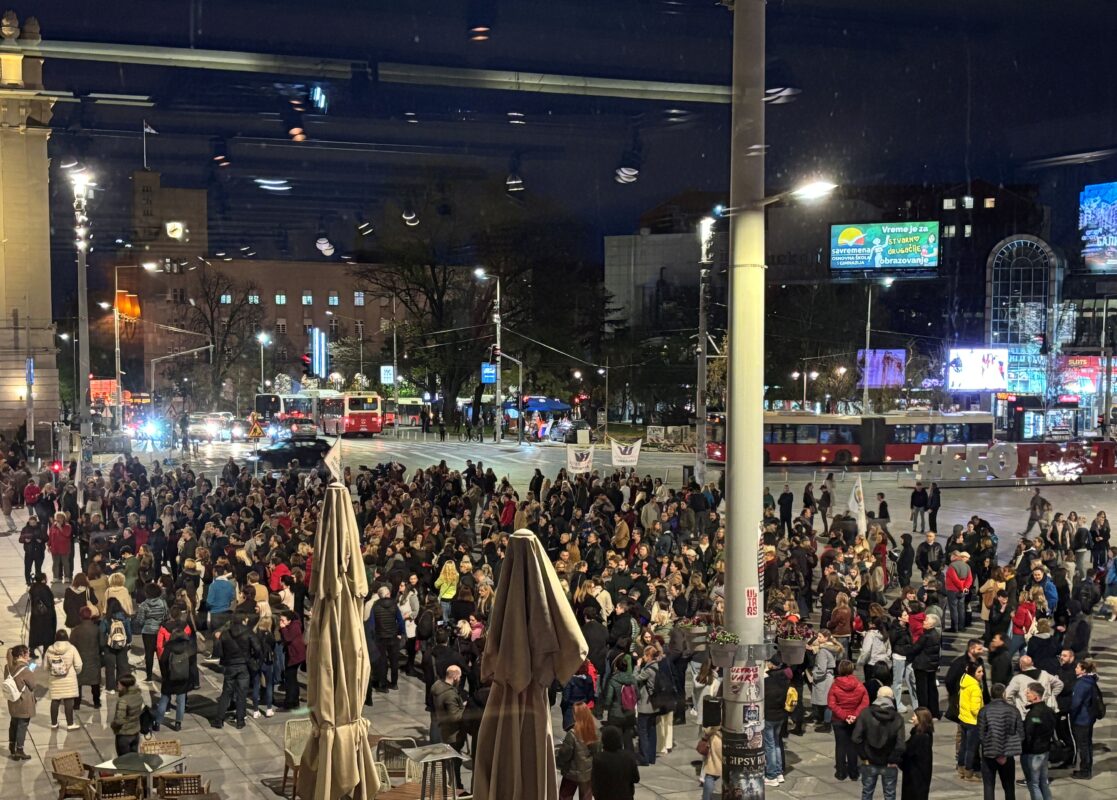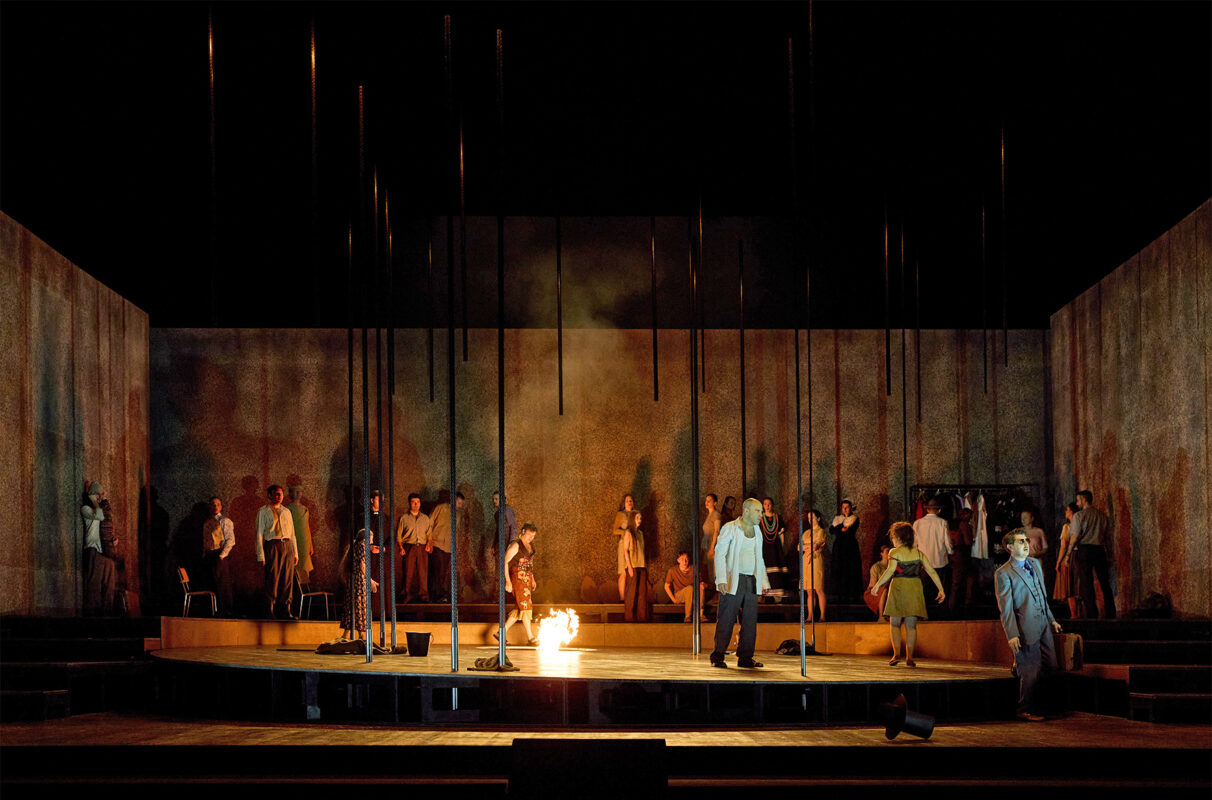Gradual lignification
The new musical theater by Andreas Neeser and Alfred Zimmerlin tells the story of disappearance.

A strange case: Mr. Fravi suffers from an unusual illness that the doctor declares to be burnout. In reality, Fravi is gradually becoming woody: he is turning into a tree, so to speak, which is why he is withdrawing more and more and disappearing into his inner self, his head, his world of thoughts. His wife and son can only look on helplessly, if not impassively. In the end, the play dissolves like its protagonist himself.
This is the plot of the new musical theater that will be performed on March 29 at the Old Aarau riding hall was premiered. It was conceived by the Aargau poet Andreas Neeser. Six prose poems from his poetry collection The weather gets me at night and other poems in dialect form the basis of the piece. As it was commissioned by the Graubünden festival tuns contemporans, Sursilvan Romansh was added as a third language. Two further performances will follow in Chur, where the festival has been setting the tone for new music every two years for some time now. Also taking part - seated behind a transparent gauze curtain (stage design: Peter Wendl) - were the Graubünden Chamber Philharmonic Orchestra and the Ensemble ö! under the direction of Philippe Bach. The composer, who also comes from the Aarau Kanti circle Alfred Zimmerlinwho is celebrating his seventieth birthday these days, wrote the music for it.
The subtitle speaks of an "audiovisual stage play", which seems to suggest a technology-heavy, multimedia event, but that is precisely what it is not. On the contrary: anything automated seems absent. To a certain extent, the play is "old-fashioned" in its rejection of spectacle, it tells its story calmly and without detours, without frills. Ivo Bärtsch has staged it carefully. It is rare to see the different levels move through time so naturally, so independently and yet in relation to each other. They are embodied in the three characters, who only come into contact with each other in a few moments, nodal points as it were.

First there is the story of Fravi, told almost without action from the table by Jaap Achterberg. His wife Seraina remains serious and silent, but Maja Zimmerlin expresses a whole range of feelings between affection and worry, tension and letting go in her simple and unpretentious dance, which is at times geometrically circular. Twelve-year-old Luca, on the other hand, played by mezzo-soprano Mirjam Fässler, initially seeks contact with his father in a playful manner, feels rejected, but then develops compassion for him. He matures and begins to reflect and understand. His melancholy duet with flugelhorn player Christoph Luchsinger is one of the most poignant moments in this already extremely engaging production.
Pictorial sounds that you enjoy following
Speaking, dancing and singing happen alongside and with each other. What could remain a mere creative concept, however, takes on a delicate vitality. It works, especially as the orchestral "accompaniment" also independently draws a broad line through the seventy minutes and creates a connection in its own way. It is astonishing how Zimmerlin's music has changed once again, becoming even more flexible, warm in sound and expressive. There are only a few moments here that require strong accents. Everything has already been said. Zimmerlin has also woven some Grisons folk dance melodies into this line. They shine out delicately, merging with the surroundings, but also coloring them, allowing something of the emotions of the stage to resonate. It is very empathetic music that guides the ear. And that has often been one of the decisive characteristics of this composer: you trust these sounds, their openness and sincerity, their unambitious imagery and follow their path - even if they lead to disappearance.
Report from the premiere on March 29 in Aarau. Two further performances on April 3 and 6 at the Theater Chur as part of the Festivals tuns contemporans.









